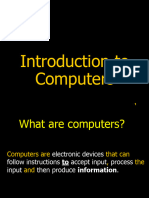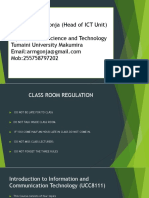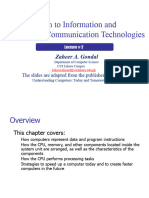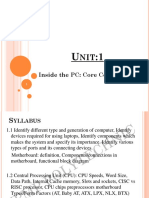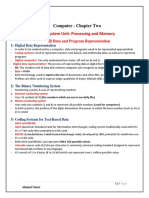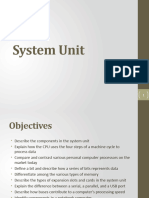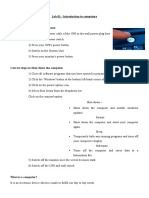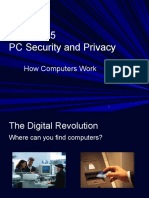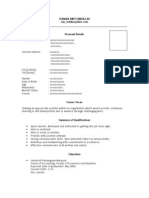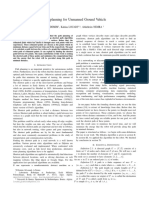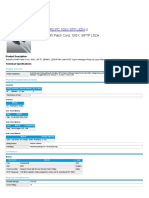0% found this document useful (0 votes)
39 views52 pagesLecture 1 - General Computer Knowledge-2022
Uploaded by
mansouranthony77Copyright
© © All Rights Reserved
We take content rights seriously. If you suspect this is your content, claim it here.
Available Formats
Download as PDF, TXT or read online on Scribd
0% found this document useful (0 votes)
39 views52 pagesLecture 1 - General Computer Knowledge-2022
Uploaded by
mansouranthony77Copyright
© © All Rights Reserved
We take content rights seriously. If you suspect this is your content, claim it here.
Available Formats
Download as PDF, TXT or read online on Scribd
/ 52




